Speak No Evil (2024)


Speak No Evil is a psychological horror that takes its time, not with exposition, but with slow, suffocating tension. This is not a film about what is said. It is about what is not said. The story begins with a seemingly ordinary couple, played by Mackenzie Davis and Scoot McNairy, who are invited by another couple they met on holiday to spend a weekend at their countryside home. What unfolds is a masterclass in social discomfort, quiet dread, and the horrifying consequences of polite inaction. Discomfort has never felt so masterfully crafted!!!!
What I love about this film is how it chooses minimalism over mythology. There are no flashbacks, no long speeches explaining character trauma or backstory. It just places you in the middle of these people’s lives and lets everything unravel with agonising precision. That choice to not over-explain is one of the most powerful storytelling decisions in the film. It mirrors real life, where people do not walk around declaring their damage. They just carry it, quietly.
Thematically, the film explores the terrifying limits of civility. It asks what happens when people are too afraid to be rude, even when every fibre of their being is screaming that something is wrong. It also hints, very subtly, at deeper issues like emotional manipulation, predator-prey dynamics, and the ghosts of past guilt that each character quietly drags behind them.
Performances
The film boasts incredible talent in every role. But this film for me, is almost a one-man show. James McAvoy is, without question, one of the most dynamic actors working today and one of my favourite artists working in Hollywood today! I'll watch anything he's in, and in Speak No Evil, he is in absolute top form. He plays his character with a kind of eerie unpredictability. One minute he is charming, almost childlike. The next, you feel a primal sense of fear just watching his face shift slightly. It is all in the micro-expressions. His quiet rage is terrifying because it doesn’t explode until the last minutes. It simmers. And that simmering tension never lets you relax.
What makes his performance even more compelling is that he doesn’t play it like a traditional villain. He plays it like someone who believes, at some core level, that he is the one being wronged. That delusion makes his actions all the more horrifying. His energy dominates every room he is in, without ever having to raise his voice.
Then there also has to be a special mention for Mackenzie Davis, who is absolutely excellent. I first came across Mackenzie Davis in a little rom-com called That Awkward Moment, and since then have loved seeing her pop-up in some excellent roles where she always delivers! Mackenzie Davis balances strength and vulnerability in a way that feels grounded and lived-in.
Scoot McNairy plays the everyman role with just enough unease to make you question whether his calm exterior is sustainable. He plays the part perfectly to counter Mackenzie Davis's strong character. And then there is Aisling Franciosi, her performance as, what we are led to believe, the free-spirited, ride-or-die wife of James McAvoy's characters, is quietly disturbing, as if she is fully complicit yet emotionally detached. She really makes us believe that something is just not adding up. It adds another layer of moral complexity to the narrative.
Cinematography & Visual Storytelling
Use of Space and Environment
The countryside setting plays a huge role in the atmosphere. Open landscapes should feel freeing, but here they feel isolating. The house, surrounded by fields and silence, becomes a kind of trap. The film uses spatial tension beautifully. Characters are often framed at a distance or through doorways, making them feel observed, sometimes even hunted. There is a sense of claustrophobia in wide-open spaces, which is no easy feat to pull off.
Cameras and Lensing
Speak No Evil was shot on the ARRI Alexa Mini LF using Cooke S7/i Full Frame Plus lenses. The Cookes are known for their subtle warmth and soft falloff, which adds a slightly romantic texture to the image, ironically juxtaposing the horror elements. That’s part of what makes the visuals so disturbing. You are watching terrifying things unfold, but the lenses make it feel almost beautiful. That contradiction is deeply unsettling.
The lensing also often leans toward medium and longer focal lengths, compressing space in a way that reduces the depth of field and keeps the characters visually boxed in. The backgrounds are frequently blurred, creating a disconnection from the environment, heightening the paranoia.
Aspect Ratio and Composition
The film uses a 2.39:1 aspect ratio, maintaining a cinematic widescreen frame that allows for elegant, balanced compositions. But it also uses negative space to evoke tension. Characters are placed at the far edges of frames, sometimes even partially out of view, giving you the sense that something is always creeping in just beyond what you can see.
LUTs, Colour Grading, and Lighting
The colour palette leans into muted earth tones, with an overall cool desaturation that avoids extremes. There is a quiet, overcast look to much of the film, with diffused natural lighting dominating most interior scenes. Shadows are allowed to sit heavily in corners, often hiding more than they reveal.
The LUTs used create a naturalistic grade with low contrast, which helps the skin tones retain warmth but keeps the world looking emotionally distant. The visual language of the film is cold, careful, and chilling.
Consistency and Intent
The cinematography maintains a strict visual language from start to finish. Handheld movements are minimal and purposeful, often used to slowly track with characters rather than shake the frame. Static shots dominate, giving the film a controlled, almost voyeuristic feeling. You are meant to feel like a silent observer, powerless to intervene.
The visual choices never scream horror. They whisper it, letting the psychological dread seep in gradually. That consistency in visual tone, framing, and lighting enhances the central message of the film: that horror doesn’t need to be loud to be terrifying.
Direction & Pacing
Director James Watkins makes all the right choices here. He never over-directs. He understands that fear comes not from jump scares but from anticipation. The pacing is slow by design, but it never drags. It holds you in an escalating sense of discomfort, like a vice slowly tightening.
One of the most brilliant choices is how the film never signals when it’s shifting gears. There’s no musical cue or tonal shift. The descent into horror is so gradual that you almost don’t realise how far you’ve gone until it’s too late. That’s extremely hard to pull off, and it works because Watkins keeps everything grounded in naturalistic performances and realistic behaviour.
He also makes a bold narrative choice by refusing to explain everything. The characters’ pasts are only hinted at. The antagonist’s motivations are never clearly laid out. This lack of exposition feels intentional, and it aligns with the themes of emotional ambiguity and psychological unease. The film is more interested in how fear feels than in explaining where it comes from.
Emotional & Intellectual Impact
Speak No Evil is not a film you simply watch and forget. It lingers. It raises uncomfortable questions about boundaries, trust, social norms, and our collective fear of confrontation. Emotionally, it hits hard because it never allows you a safe distance from the events. You feel complicit. You wonder what you would do in the same situation. And that unease is what makes the film so powerful.
Intellectually, it’s a fascinating study in human behaviour. Why do we stay silent when we should speak up? Why do we allow ourselves to be uncomfortable to avoid being impolite? And how do predators exploit that?
This is horror rooted in psychology, in awkward dinners, in loaded silences, and in the gut feeling that something is wrong, but not wrong enough to leave. That kind of horror is far more disturbing than anything supernatural.
Final Verdict
Speak No Evil is a masterclass in restrained, psychological horror. It is elevated by an unforgettable performance from James McAvoy, whose quiet menace dominates the screen. The direction is sharp, the script is minimal but profound, and the cinematography is quietly chilling. This is not just a good horror film. It is a great film, period.
My Favourite Frames

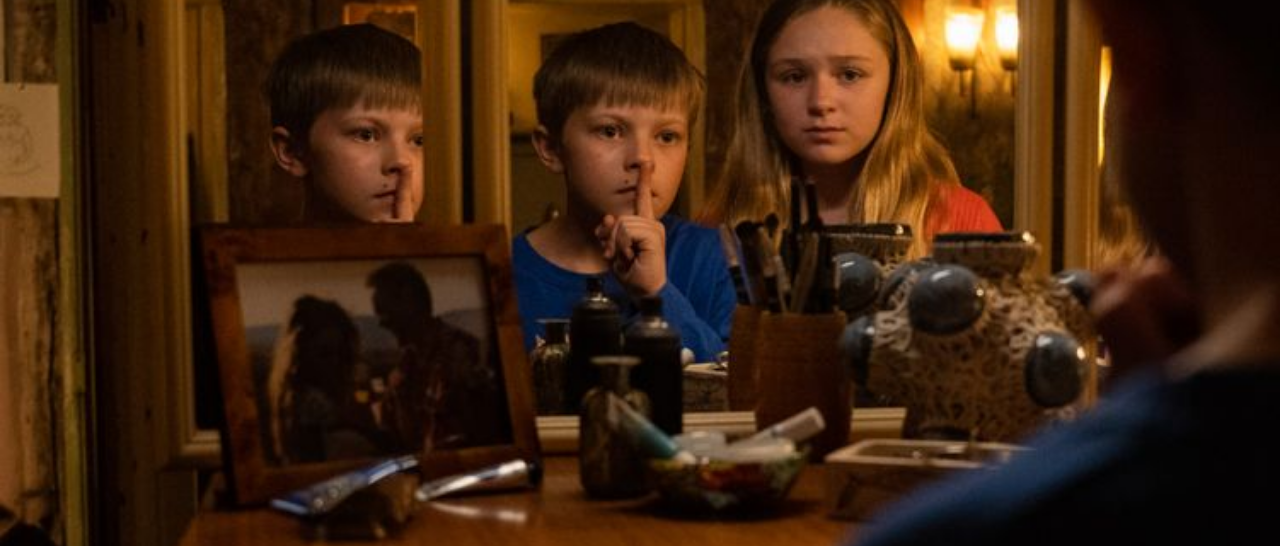
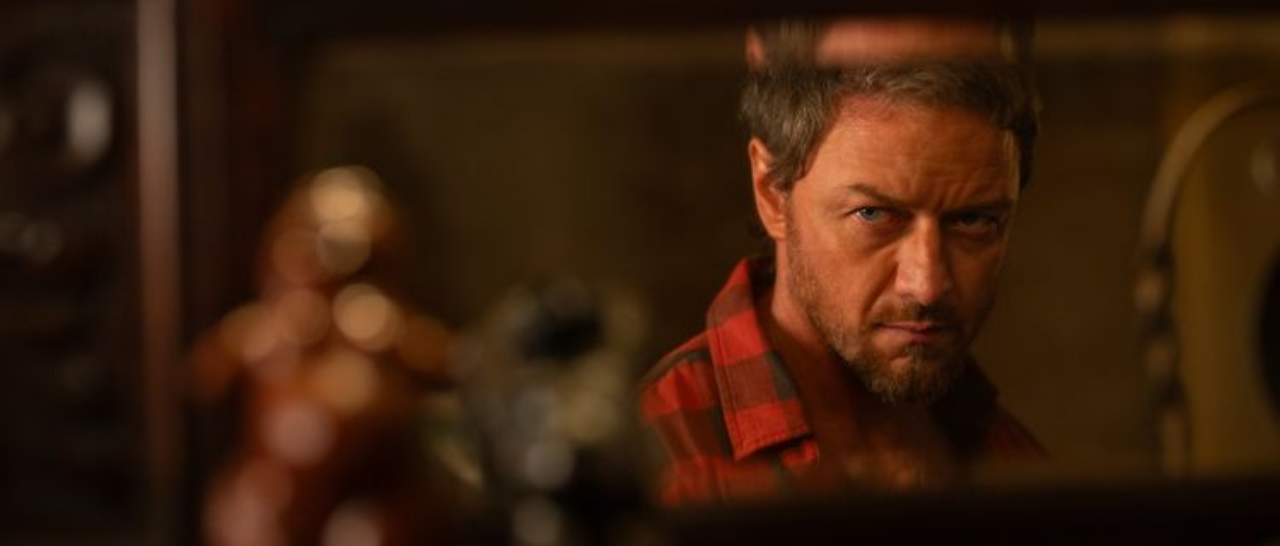
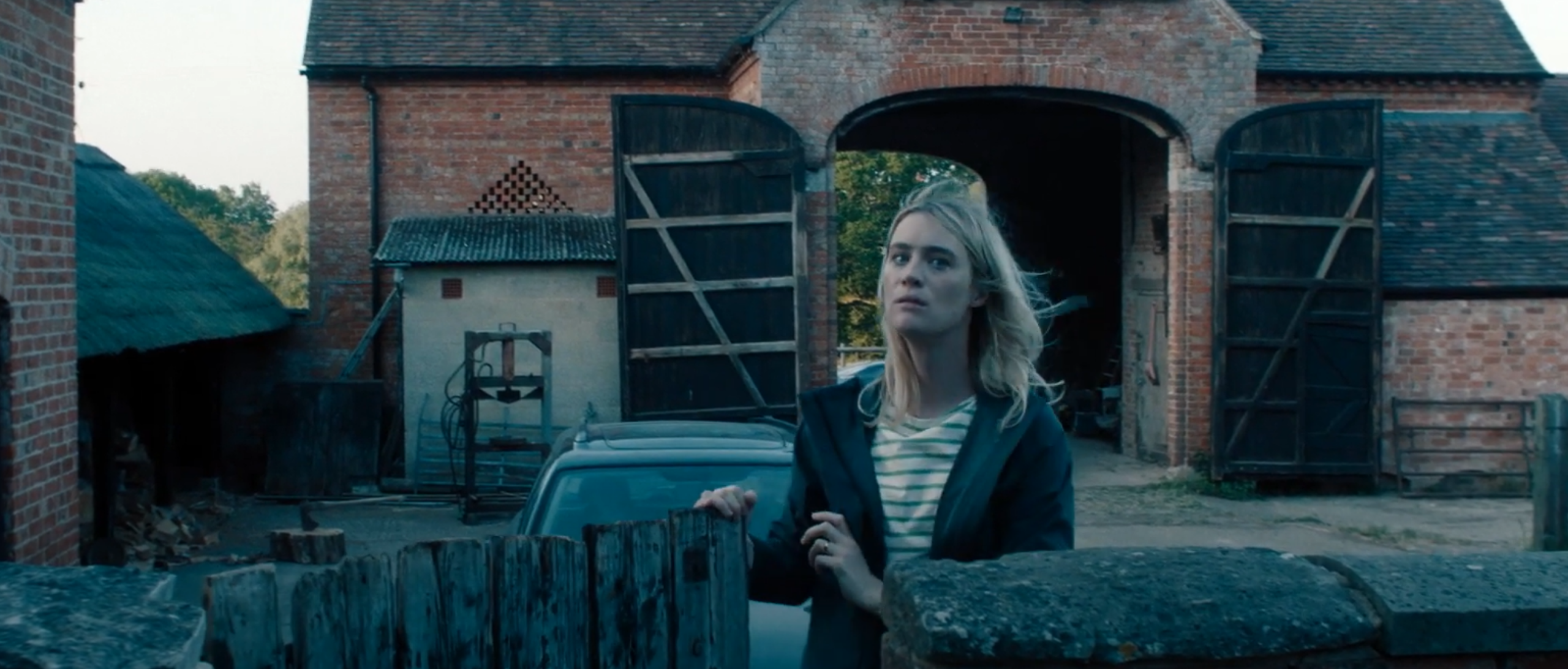
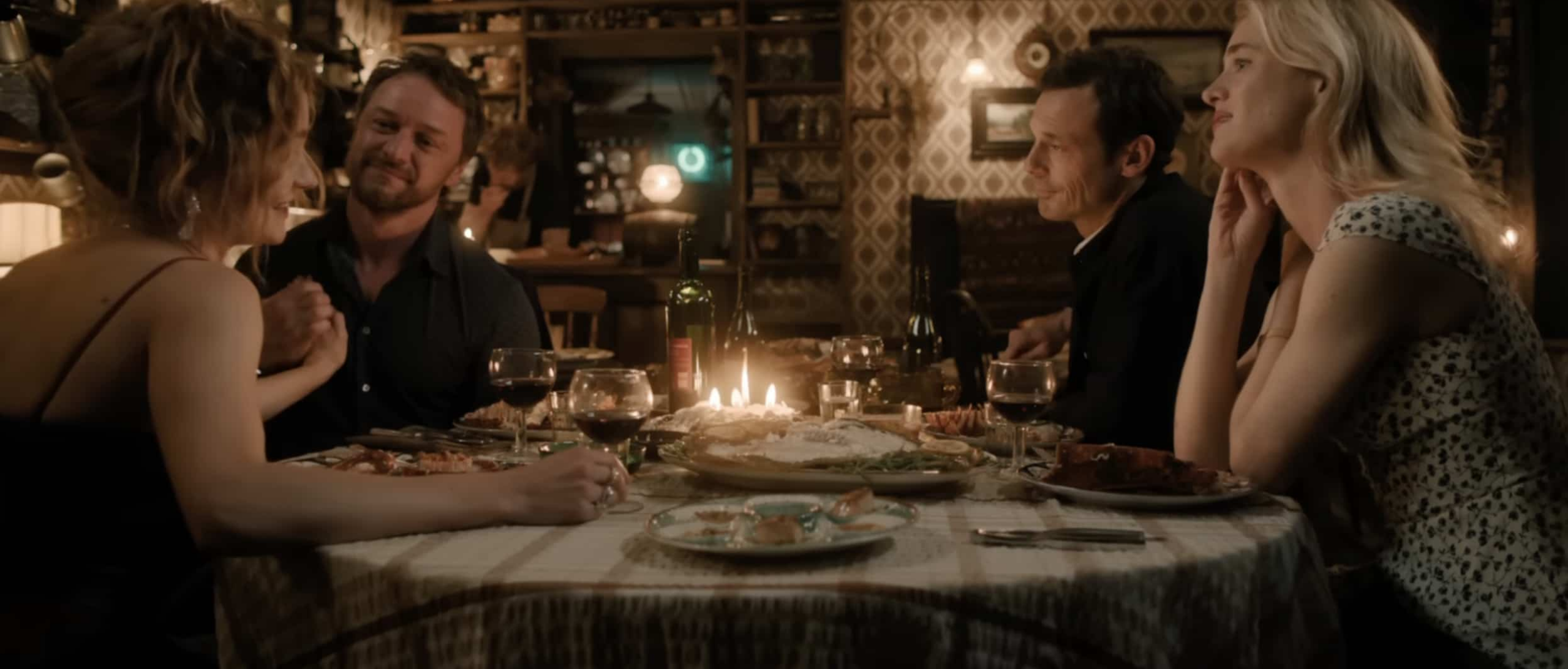
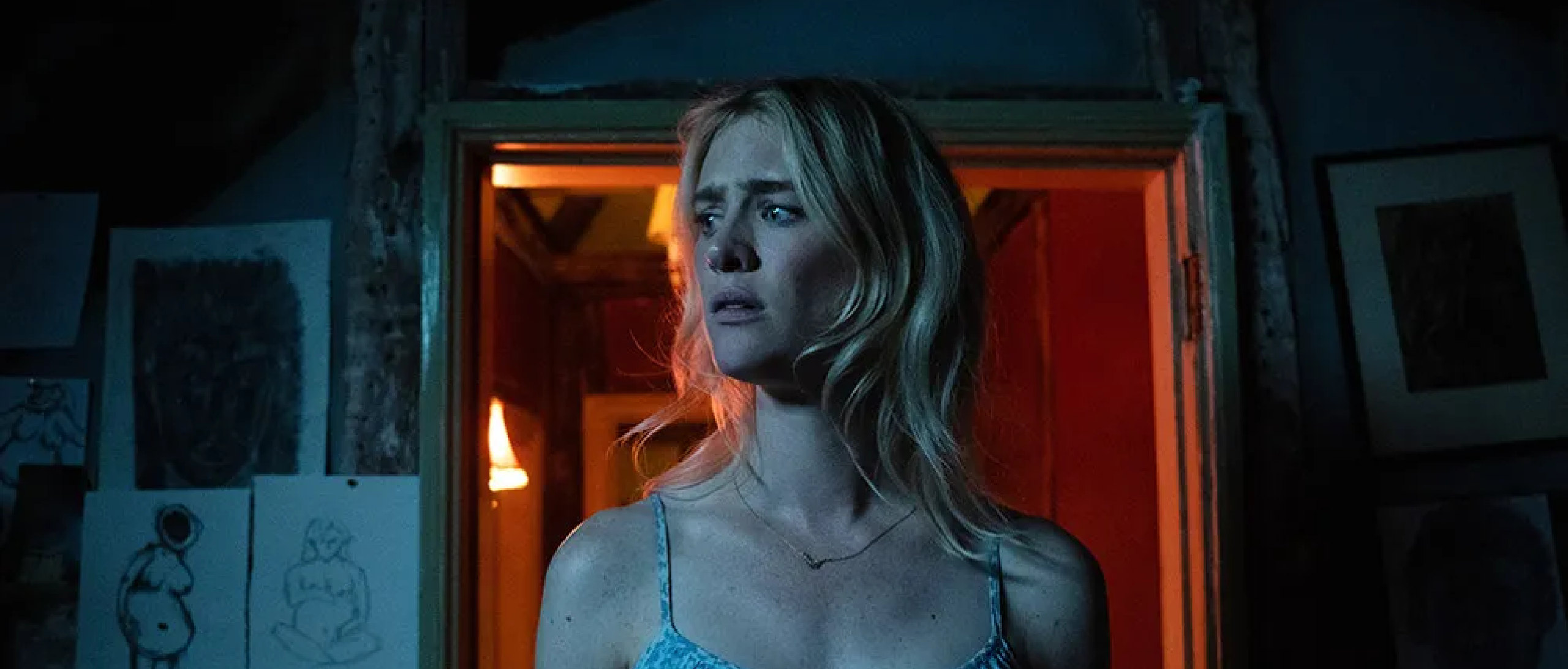
Old age should burn and rave at close of day;
Rage, rage against the dying of the light.” ❤️




